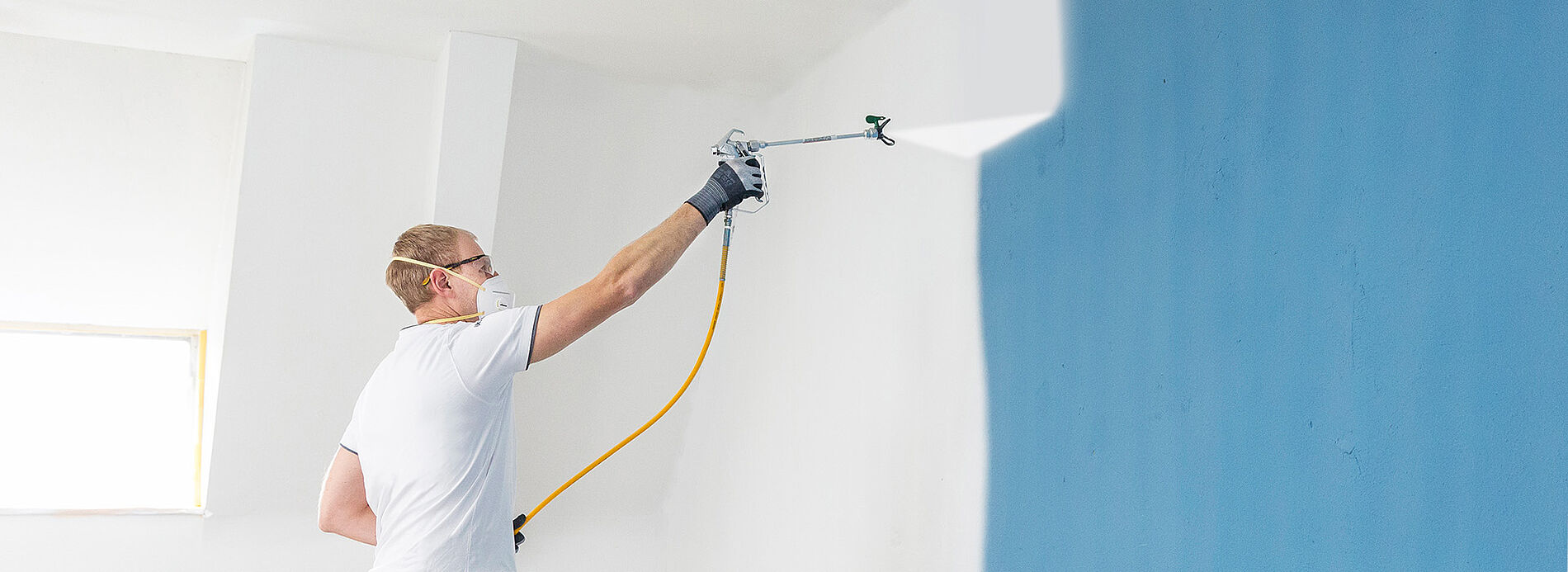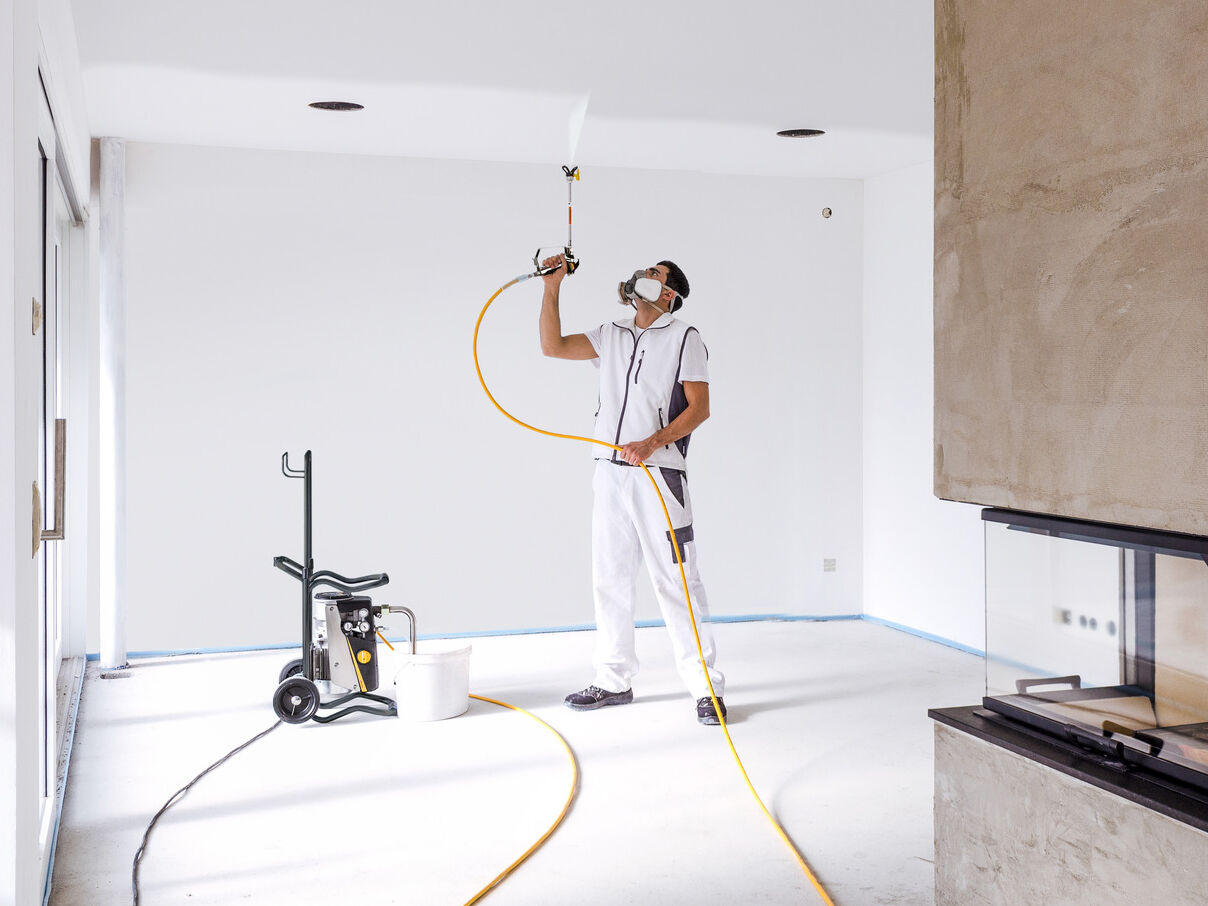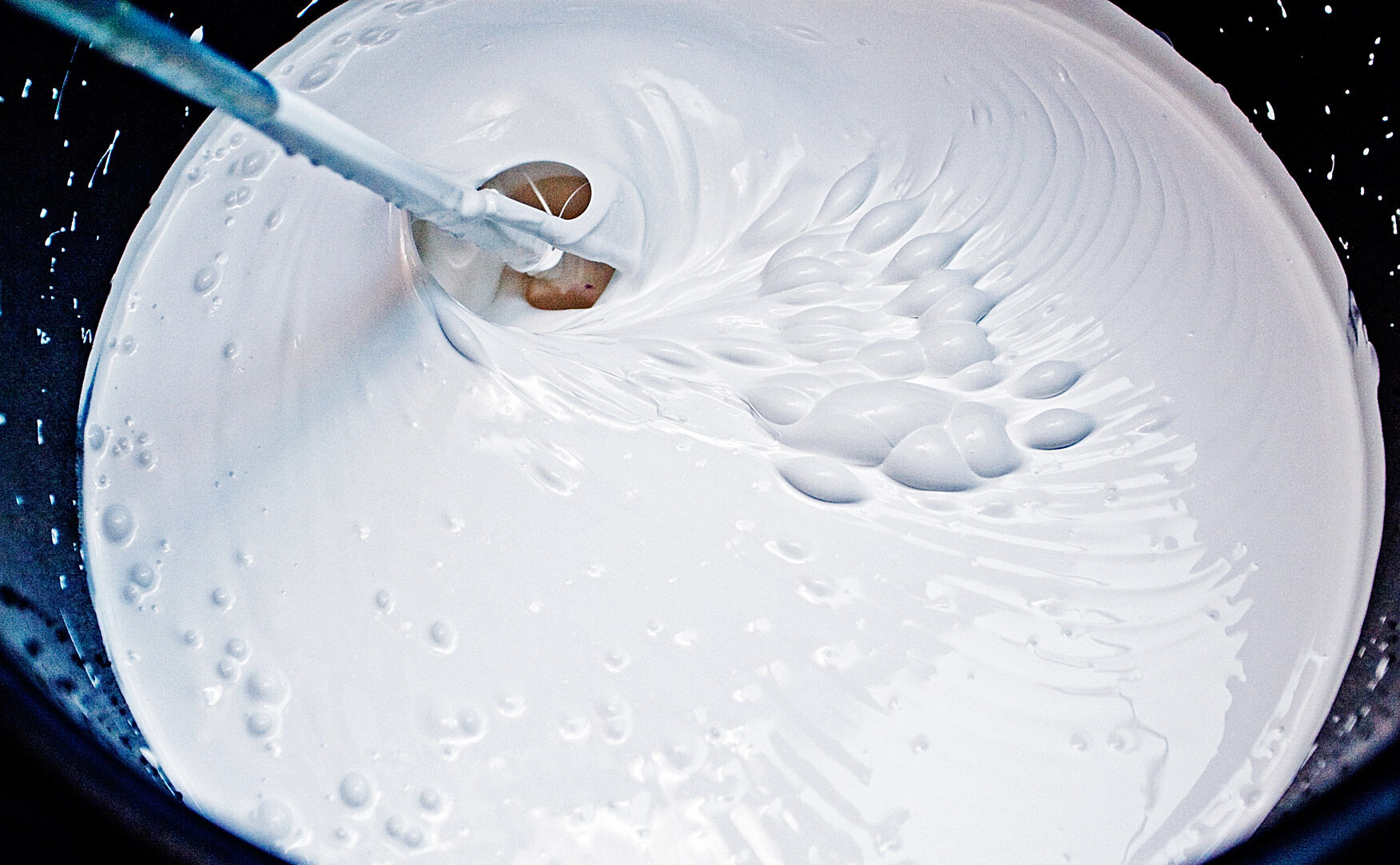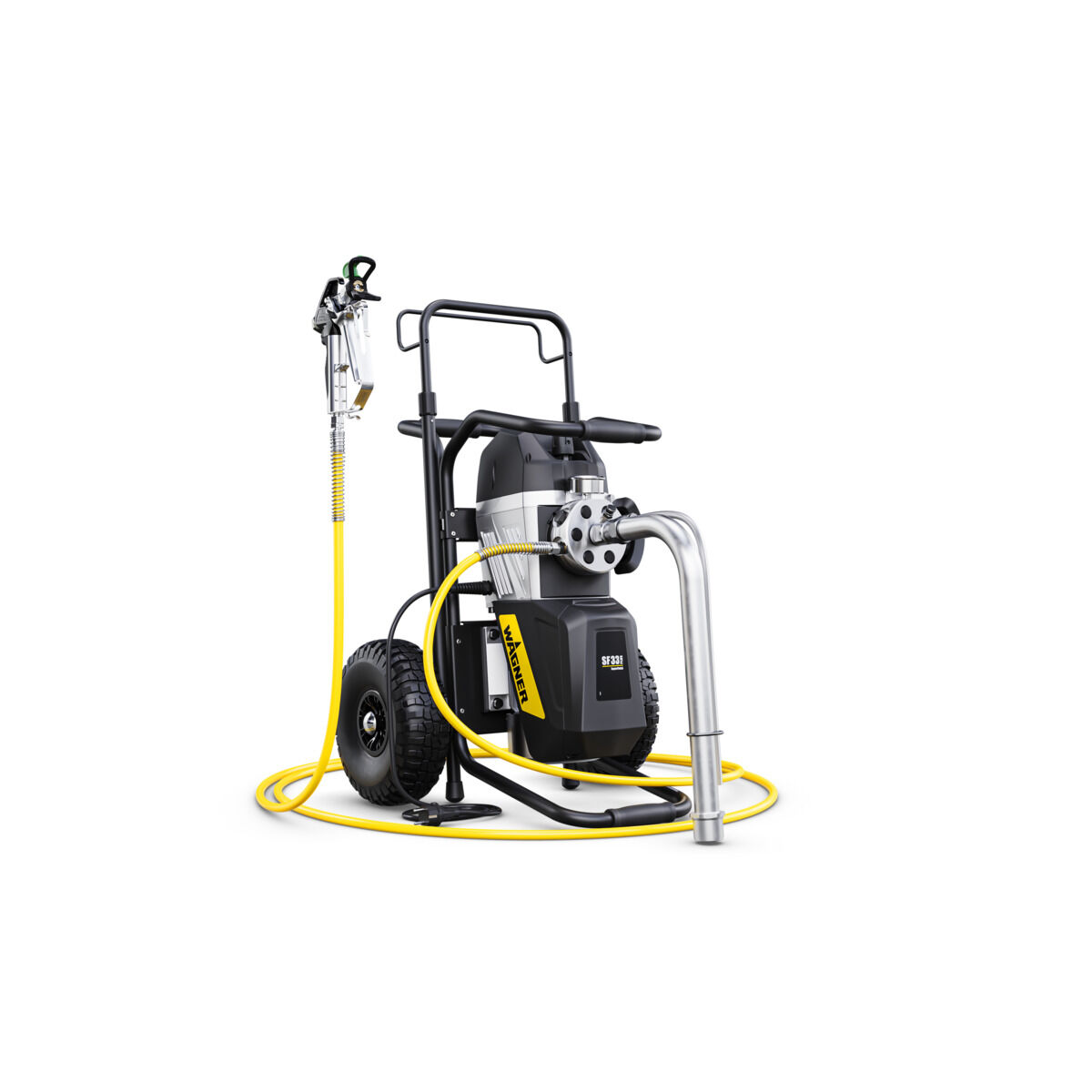For painters, emulsion paints are probably the most commonly used working material. However, the more surface area that needs to be renovated or recoated, the more time, energy and material can be saved if the paint is applied with an airless sprayer instead of a roller. In this guide, we would like to provide all painters, decorators and all other trades people with the information they need to spray emulsion paint efficiently and precisely .
- Do-it-yourself Do-it-yourself
- Contractor Contractor
- Industry Industry
- Company
- Contact









